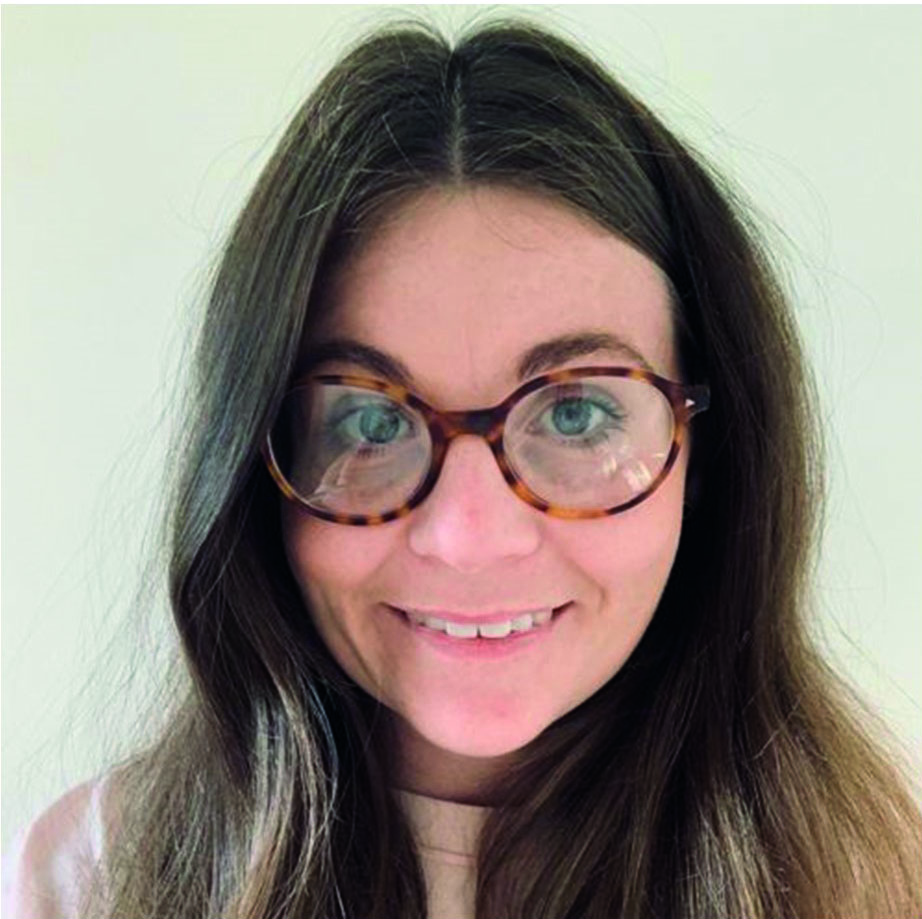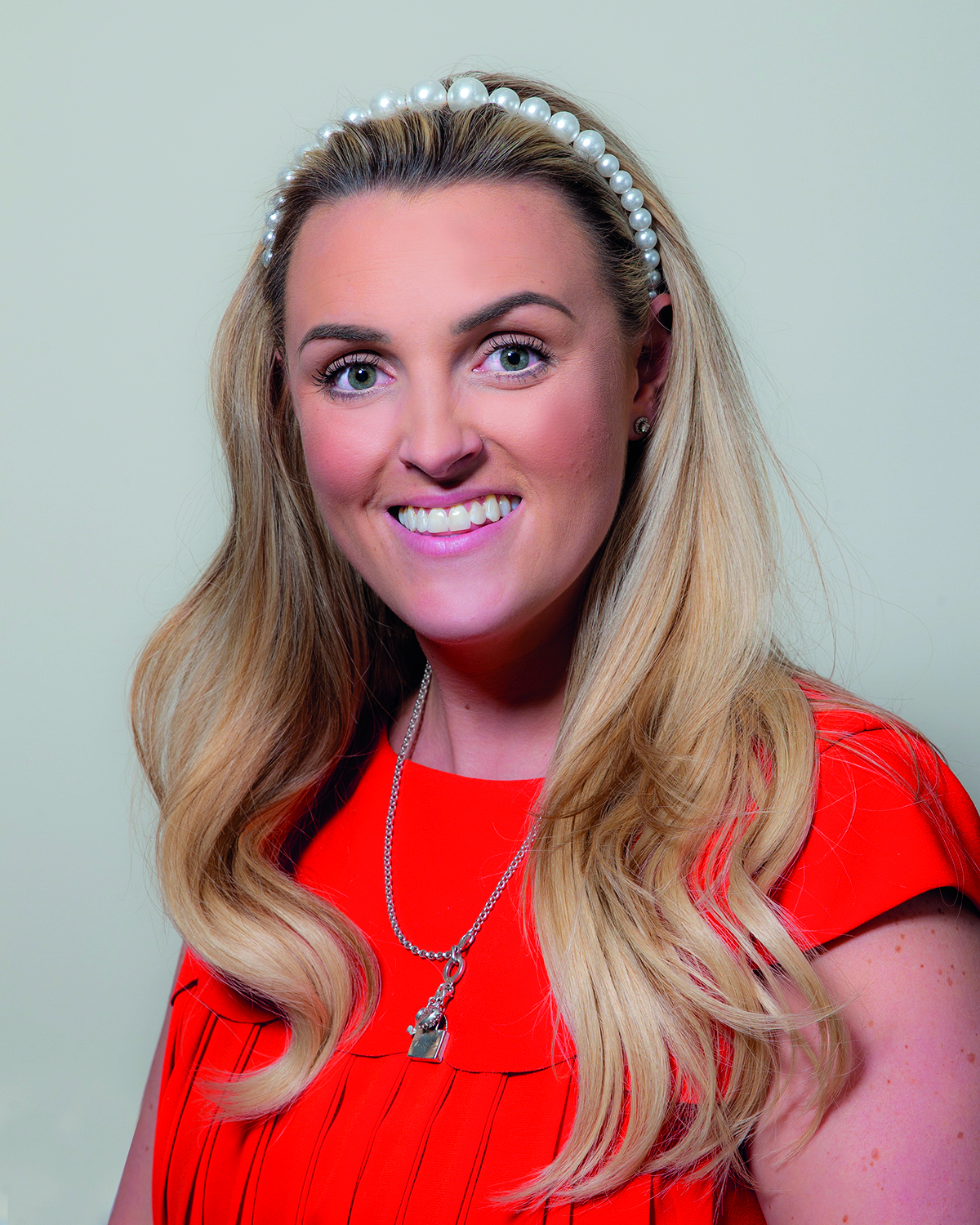
How do leaders ensure that training is embedded, evaluated and led from the top? We talk to leaders about special educational needs and disabilities (SEND) from a management perspective, safeguarding, and managing change.
Managing SEND: Elizabeth Kemsley, area manager, Nurtured Childcare
Its Chell setting currently has 11 children with SEND and is based in a deprived area of Stoke-on-Trent. 
How do you lead SEND?
‘Each setting has a SENDCo, who works closely with other professionals. As a manager I then check in with the SENDCo. We talk with staff daily about their key children – what they are interested in and what are they working on. Giving staff the responsibility to share this information allows them to see where the gaps are easily.
‘We have just established a SEND support team across the group, where all SENDCos will be meeting together online to share best practice strategies and support one another. We also host meetings across the nursery group so staff can share their experiences, knowledge and ideas.’
How do you support children?
‘It is important that any child coming into the setting with SEND needs to be properly screened and their needs fully understood before they start. This includes home visits. If a child has a specific need, we source training before they start.
‘Staff use early identification forms to record any worries they have for child development at an early stage. They would then share these with the SENDCo so a plan can be formed. Some of our interventions include specialist work.
‘We have created a supervision document for the SENDCo, where we discuss the details of each child to ensure they are making progress and where additional support is needed.
‘We also regularly ask for support from our early years inclusion officer. We recently found that lots of children were struggling with attention skills, so we invited them to come into the setting to deliver attention-grabbing activities.’
What would your advice be?
‘That any SENDCo completes the Level 3 award in SENDco for Early Years; this really gives the in-depth knowledge needed.
‘Set yourself clear timescales, sit with your SENDCo, look at concerns and plan what you are going to do. Now and next boards, signals from change in routine, consistent routines and sensory fidget boxes should form the SEN toolkit in a setting.’
Implementing change and having a vision for the future: Cheryl Hadland, CEO, Tops Day Nurseries
Tops Day Nurseries has been implementing sustainability measures since 2015, implementing a glitter ban in 2017, removing singe-use plastic, introducing energy-saving equipment and electric vehicles, and a pledge to go carbon neutral by 2025. 
Was this a top-down initiative?
‘This was a top-down initiative but some suggestions have come from the bottom along the journey.’
How do you monitor and evaluate?
‘We use risk assessments to identify what the risks are for the company, children and adults from climate crisis and pollution, and work out what mitigations to try and reduce the impacts where it is unavoidable.
‘We also do monthly reporting on carbon footprints, identification of worst- and best-performing nurseries, and any unexplained hikes in water or waste bills are investigated. This isn’t a long way from a blame game, but we have a special group which meets monthly that manages the changes needed.
‘We also review the Sustainable Development Goals to adjust actions accordingly. Seeking expert opinion is helpful – success in sustainability is more effective with partnerships and a network to share knowledge.’
How have you led this and got people onside?
‘We realised parents need a choice at least initially to engage in change (e.g., to washable nappies), as it can take time to sell the benefits, and to create the systems for change. It is also important to appreciate that staff and parents who are living in deprivation may not have the capacity for change.
‘Sometimes it is necessary to just make something a condition and enforce it, by saying “that is what we do here”, and being consistent and trying to achieve parental support.
‘Early years educators are often sensitive, change- and risk-averse, so you need to be very familiar with change management to succeed.
‘And leaders need to learn from their mistakes.’
Safeguarding: Lucy Kaczmarska (left), operations director, and Becky Booth (right), internal training lead, Kids Planet

 Kids Planet is a group of over 190 settings across the UK, with 6,000 staff. It is now the third-largest nursery group in the UK..
Kids Planet is a group of over 190 settings across the UK, with 6,000 staff. It is now the third-largest nursery group in the UK..
What key elements does your safeguarding training comprise?
Lucy says, ‘We have an open culture across Kids Planet and encourage everyone to challenge anything that they consider to be not best practice. Being comfortable with challenging other professionals can be difficult; however, this is why we aim to ensure all our leaders are designated safeguarding lead (DSL) trained. This in turn supports them to train and challenge their team.
‘A key message we have tried to share is that “If in doubt, speak out.”’
Becky says, ‘We provide in-house face-to-face delivery of DSL training, delivered by our internal training team. This training was put together with the support of three local authorities. Nursery managers also attend local authority DSL training.
‘At the end of DSL training, we offer a “train the trainer” experience, where DSLs can learn about how to further train their teams, are given training resources and notes and support on how to challenge their staff knowledge effectively.
‘In-house expectation is that all staff meetings delivered by nursery managers start with a safeguarding element; derived from current themes in their local authority or any changes to policies and procedures, etc.
‘Colleagues complete online training courses in the first two weeks of induction. Regular supervisions are paramount in identifying staff who may need further training, or even a forum to discuss a key child they may have growing concerns about.’
What other specific tools do you provide staff with?
‘Tools include safeguarding posters focusing on key topics; on-the-spot scenarios and questions; and safeguarding lanyard cards with the escalation process and information on signs and symptoms of different types of abuse.
‘Additionally, we have posters with contact details of the local authority designated officer and Multi-Agency Safeguarding Hub team, along with those for area managers and the childcare directors (part of their role is to support across regions with safeguarding challenges).
‘We also include our mobile phone numbers on these posters. These are displayed in every setting, in every room. If someone wanted to speak directly with our CEO, they can. But this rarely happens, because we have fostered a culture of safeguarding where everyone knows what their responsibilities are.’
How do you lead this in such a large organisation?
‘Leadership is crucial. Our senior childcare team and I meet weekly during our Triage meetings to discuss every safeguarding concern. We have to challenge one another, we have to constantly question “Have we done everything to protect this child, are we satisfied with the interventions in place from other agencies?”; it is our responsibility to ensure this culture of safeguarding is consistent.
‘While this may sound like a challenge in such a large organisation, it continues to be our ultimate priority as this safeguards not only our children but absolutely our colleagues too. The values that underpin an organisation are crucial. If safeguarding, transparency and openness continue to be a core value, this transcends throughout the organisation.’









